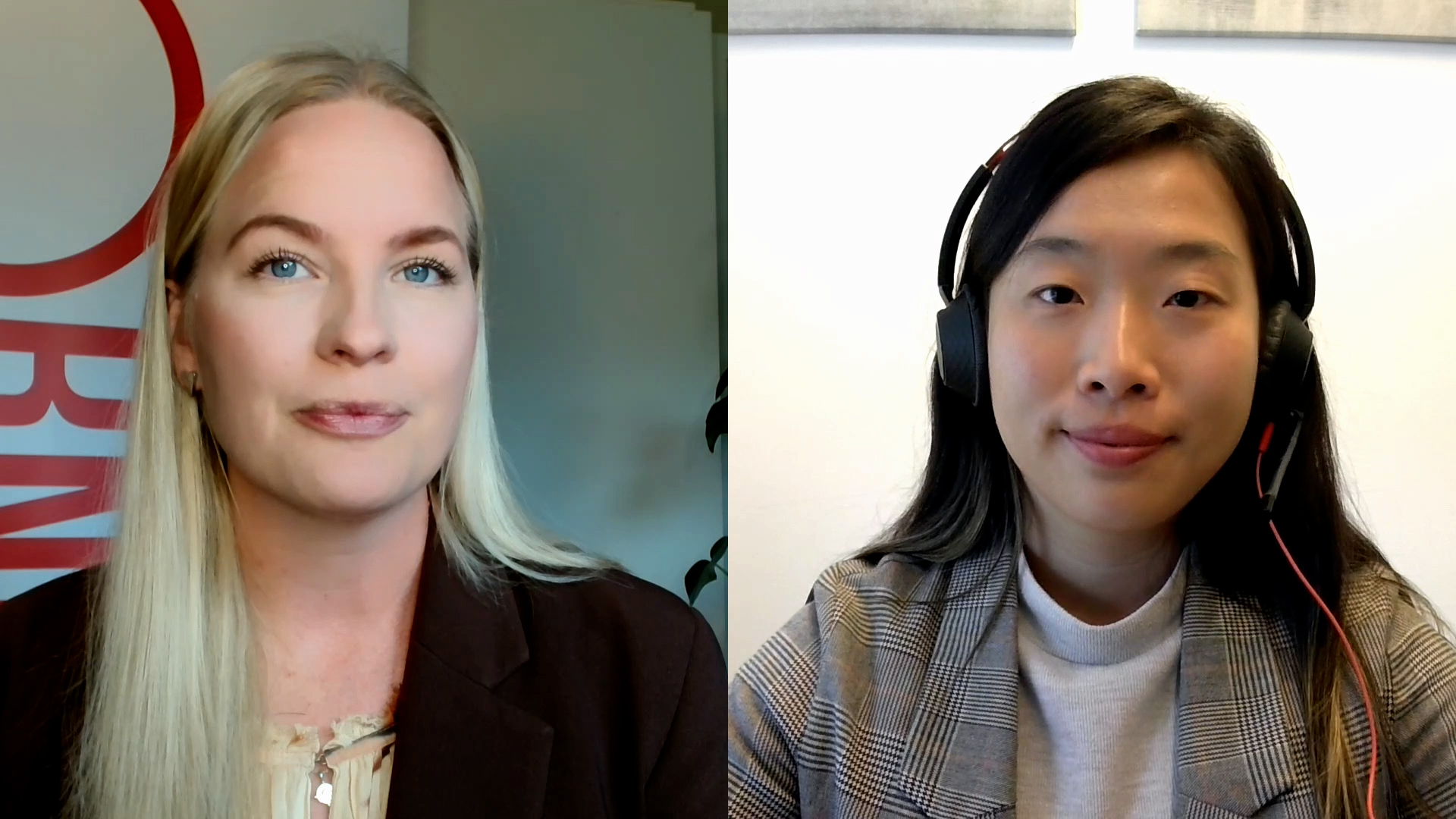Robert van den Oever: Welcome to Morningstar. Today I talk to Ronald Van Genderen, Manager Research Analyst at Morningstar in Amsterdam, to talk about how to deal with the growth tilt of sustainable investing.
Welcome Ronald. Over the past year, sustainable investing has been in high demand. How has this been for this year 2023 so far?
Ronald Van Genderen: Yes. So, demand for sustainable strategies has been a lot softer in 2023. Basically, that has been a continuation of the trend that we already saw in 2022. Sustainable funds still attracted money this year but at a slightly slower pace than last year and significantly below levels that we have seen in the years before that.
Van den Oever: What are the reasons behind this softer demand, do you think?
Van Genderen: Probably multiple reasons, of course. Among other things, product development slowed down due to greenwashing accusations and regulatory tightening. But another important reason has been the strong performance of value stocks in 2022, or put differently, the underperformance of growth stocks.
Van den Oever: So, that means sustainable investing has a growth tilt. Can you explain a bit more about that?
Van Genderen: Yes, it often does. And therefore, the substantial underperformance of the growth style in 2022 has made sustainable investors probably more cautious. But as I said, we can put things around as well. There's just a real lack of sustainable value equity funds, and I can support this with some numbers as an example. So, in the global large-cap equity space, there are 150 sustainable funds that have a growth style. But however, there are only 14 sustainable value funds available. So, I would say, yes, there is a growth tilt associated with sustainable investing. But you can also put it differently and say that there's just hardly any sustainable value funds out there.
Van den Oever: So, how can investors deal with this style bias of sustainable investing?
Van Genderen: If investors want to balance the style of their portfolio, they broadly have three options. Most notable, they can try to find a value fund that suits their sustainability goals and have investment merit. But as I told you, there are only a few out there. Alternatively, they can go for sustainable funds with a blend style. Or finally, investors can choose growth funds, but perhaps one with a relatively mild style bias.
Van den Oever: Can you give us some examples of funds that fit within the three options that you mentioned?
Van Genderen: Yes, absolutely. I have one example for each of the three options within the sustainable global value equity space. Morningstar fund analysts actually cover one fund where they also have a positive conviction. That's Schroder Global Sustainable Value. It's still a young fund. It was launched only in 2021. It's managed by a trio of portfolio managers that benefit from sufficient supporting resources. They apply a contrarian value approach that has similarities with other value-oriented strategies of Schroder's. However, this fund complements that with a focus on ESG leaders. These are companies that have a positive social impact and are industry leading in terms of their ESG profile.
Then within the global large cap blend equity category, AXA Sustainable Equity QI is one of our highest conviction picks, actually. This strategy is managed by a team that has a very long-term track record in systematic and factor-based investing. For this fund, the quant model looks for stocks with low volatility, high-quality skew, and favorable ESG characteristics. Next to excluding several industries for ESG reasons, the approach can be described as best-in-class as eligible stocks are ranked by the model on ESG scores.
Then, finally, a growth fund that doesn't have a very strong style tilt towards the growth style and where we have a positive conviction, and that is Impax Global Equity Opportunities. This fund is managed by a seasoned duo that sits within a very comprehensive team that provides them with ample research support. The approach invests in companies with durable competitive advantages that benefit from the transition to a more sustainable economy. While this comes with a natural tilt towards growth stocks, the team applies a really strong valuation discipline, and this keeps the portfolio away from assuming a very strong growth style.
Van den Oever: Okay Ronald, thank you very much for your insights in this style bias for sustainable investing and for your three fund examples.
Thank you very much for watching. For Morningstar, I am Robert van den Oever.










:quality(80)/cloudfront-us-east-1.images.arcpublishing.com/morningstar/Q7DQFQYMEZD7HIR6KC5R42XEDI.png)











